The 2025 Corvette ZR1: Turbocharged Power And The Art Of Managing Lag
The 2025 Corvette ZR1: Turbocharged Power and the Art of Managing Lag
The 2025 Corvette ZR1: Turbocharged Power and the Art of Managing Lag
Introduction
With enthusiasm, let’s navigate through the intriguing topic related to The 2025 Corvette ZR1: Turbocharged Power and the Art of Managing Lag. Let’s weave interesting information and offer fresh perspectives to the readers.
Table of Content
The 2025 Corvette ZR1: Turbocharged Power and the Art of Managing Lag
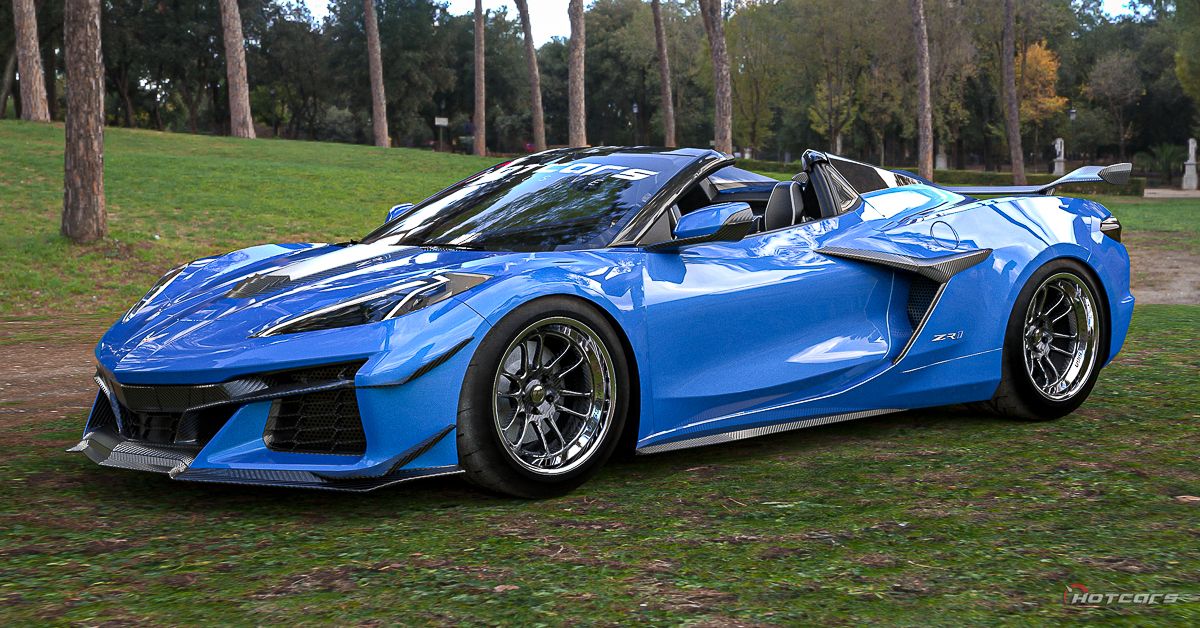
The 2025 Corvette ZR1, with its anticipated twin-turbocharged V8 engine, promises exhilarating performance. However, the very nature of turbochargers introduces a phenomenon known as "turbo lag," a delay in power delivery that can impact the driving experience. This article delves into the intricacies of turbo lag in the context of the 2025 Corvette ZR1, exploring its causes, implications, and potential mitigation strategies.
Understanding Turbo Lag: A Balancing Act of Power and Response
Turbochargers, by compressing air before it enters the engine, significantly boost power output. However, this process necessitates time for the turbochargers to spool up, generating sufficient boost pressure. This delay between the driver pressing the accelerator and the engine responding with full power is known as turbo lag.
The Anatomy of Turbo Lag in the 2025 Corvette ZR1
The 2025 Corvette ZR1’s anticipated twin-turbocharged V8 engine, while expected to deliver impressive horsepower, will inevitably be subject to turbo lag. The size and inertia of the turbochargers, along with the volume of air they need to compress, play a crucial role in the duration of this lag.
Factors Influencing Turbo Lag in the 2025 Corvette ZR1
Several factors can influence the extent of turbo lag in the 2025 Corvette ZR1:
- Turbocharger Size: Larger turbochargers, capable of generating higher boost pressures, inherently exhibit greater lag. This is because they need more time to spin up to their optimal speed.
- Engine Displacement: A larger engine displacement, while contributing to overall power output, can also exacerbate turbo lag. This is because the turbochargers need to compress a greater volume of air to fill the cylinders.
- Exhaust System Design: The design of the exhaust system, particularly the size and configuration of the exhaust manifold, can influence turbocharger response. A more efficient exhaust manifold can help expedite the flow of exhaust gases to the turbochargers, reducing lag.
- Electronic Boost Control: Modern turbocharged engines often employ electronic boost control systems that can help manage turbo lag. These systems can adjust boost pressure based on engine speed and load, optimizing power delivery.
Implications of Turbo Lag on the Driving Experience
Turbo lag can impact the driving experience in several ways:
- Reduced Acceleration: During the lag period, the engine may feel sluggish and unresponsive, particularly at lower engine speeds. This can hinder the car’s ability to accelerate quickly from a standstill or when passing slower vehicles.
- Jerky Power Delivery: As the turbochargers spool up, the sudden surge in power can lead to a jarring experience, particularly for drivers accustomed to naturally aspirated engines.
- Compromised Driving Dynamics: In situations demanding immediate power, such as overtaking maneuvers or emergency situations, turbo lag can make the car feel less responsive and potentially compromise safety.
Strategies to Mitigate Turbo Lag in the 2025 Corvette ZR1
While turbo lag is inherent to turbocharged engines, several strategies can minimize its impact:
- Smaller Turbochargers: Using smaller turbochargers, while potentially reducing peak power output, can lead to quicker spool-up times and reduced lag.
- Variable Geometry Turbochargers (VGTs): VGTs employ movable vanes in the turbocharger housing that adjust the airflow, optimizing response across the engine’s rev range. This technology can effectively reduce lag, particularly at lower engine speeds.
- Electronic Boost Control: Advanced electronic boost control systems can carefully manage boost pressure, ensuring a smoother and more predictable power delivery.
- Anti-Lag Systems: Some high-performance vehicles utilize anti-lag systems that inject fuel into the exhaust manifold, keeping the turbochargers spinning even when the throttle is closed. This helps reduce lag when the driver accelerates again.
- Driving Techniques: Experienced drivers can adapt their driving style to mitigate turbo lag. For example, anticipating the need for power and accelerating gradually can help avoid sudden bursts of lag.
FAQs: Addressing Common Questions About Turbo Lag in the 2025 Corvette ZR1
Q: Will the 2025 Corvette ZR1 experience significant turbo lag?
A: The extent of turbo lag in the 2025 Corvette ZR1 will depend on the specific design of the engine and turbocharger system. While some lag is inevitable, Chevrolet is likely to implement strategies to minimize its impact.
Q: Is turbo lag a safety concern?
A: While turbo lag can make the car feel less responsive, modern electronic systems and driving techniques can help mitigate this issue. However, drivers should be aware of the potential for lag and adjust their driving accordingly.
Q: Can I modify the 2025 Corvette ZR1 to reduce turbo lag?
A: Aftermarket modifications, such as installing smaller turbochargers or upgrading the exhaust system, can potentially reduce turbo lag. However, such modifications should be performed by qualified professionals and may affect the car’s warranty.
Tips for Managing Turbo Lag in the 2025 Corvette ZR1
- Anticipate Power Needs: By anticipating the need for power and accelerating gradually, drivers can minimize the impact of turbo lag.
- Downshifting for Boost: Downshifting to a lower gear can increase engine speed and help the turbochargers spool up faster.
- Utilize Electronic Features: Modern cars often offer features like launch control and adaptive cruise control that can help manage turbo lag.
- Practice Smooth Driving: Avoid abrupt throttle inputs, as they can exacerbate turbo lag.
Conclusion: Embracing the Power and Managing the Lag
The 2025 Corvette ZR1 promises to be a thrilling performance car, but its turbocharged engine will undoubtedly exhibit some level of turbo lag. Understanding the causes and implications of this phenomenon, along with strategies to mitigate it, will enhance the driving experience. By embracing the power while managing the lag, drivers can unlock the full potential of this exceptional sports car.
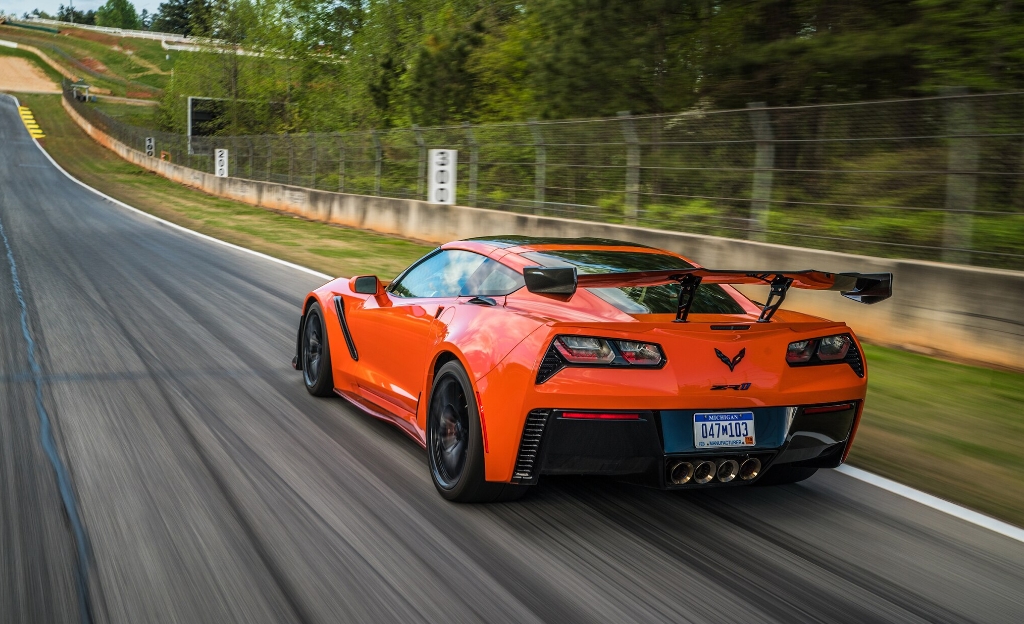
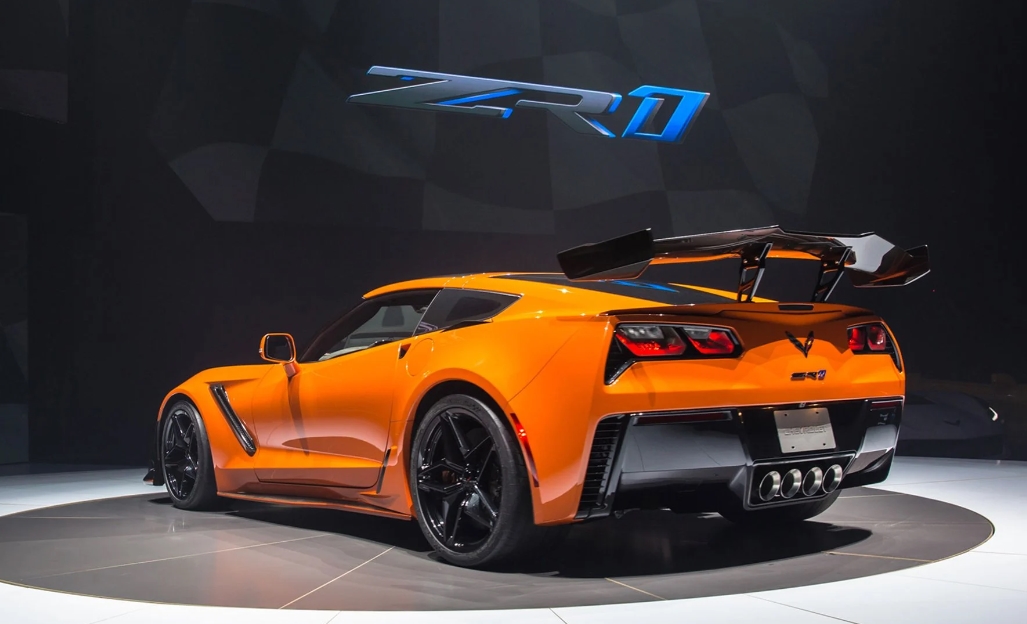
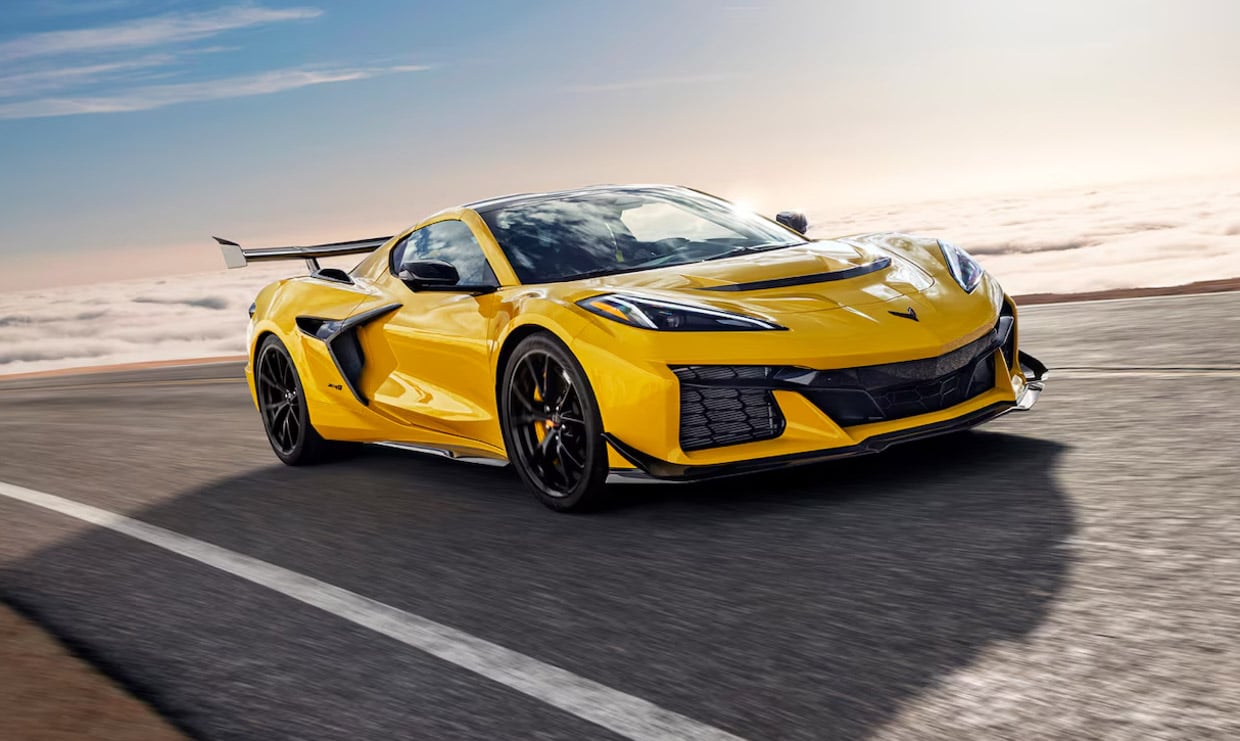
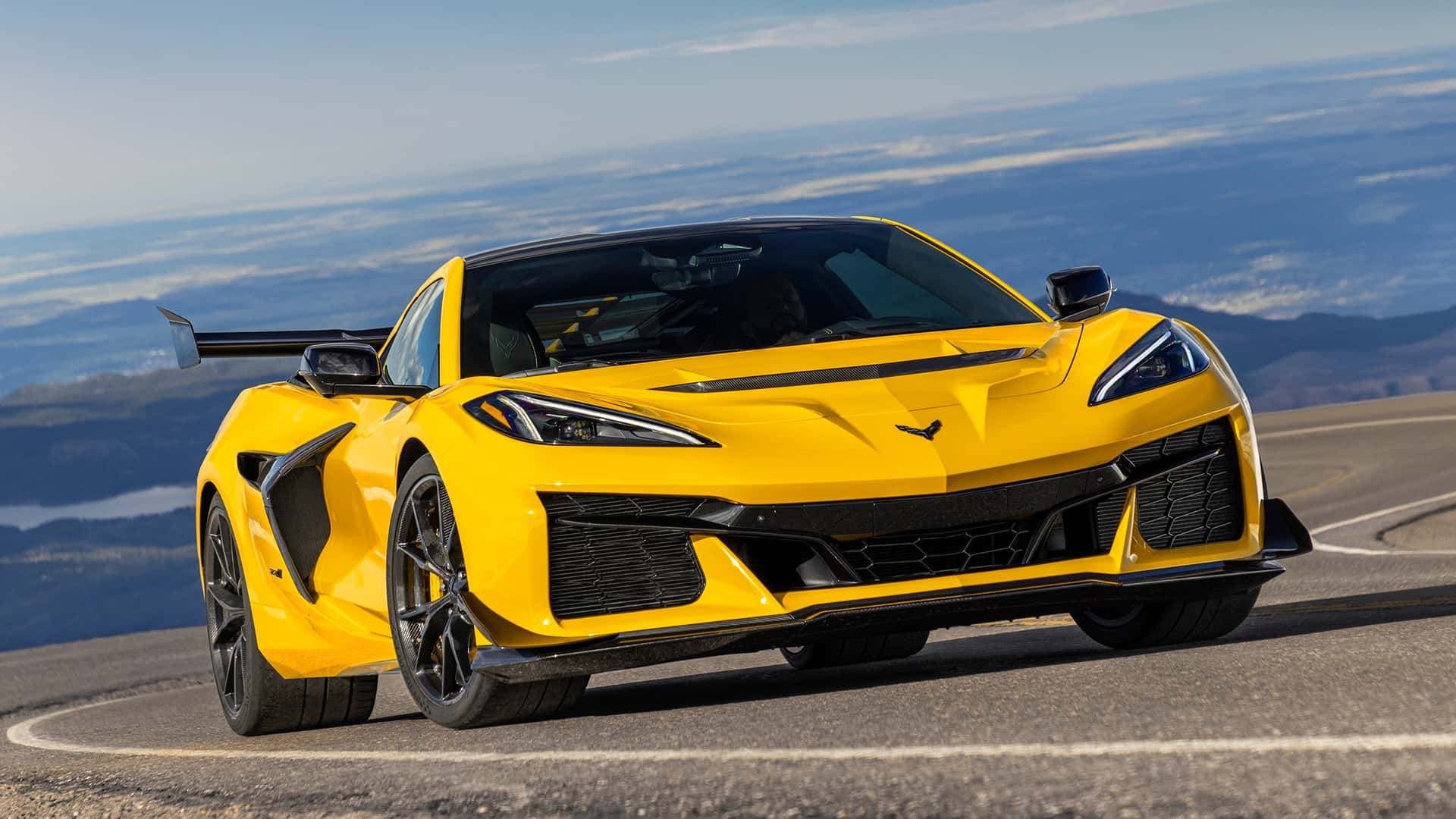
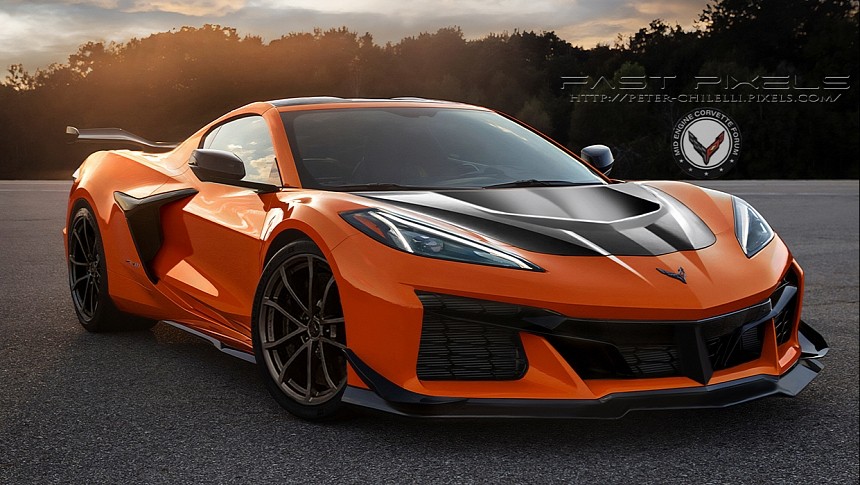
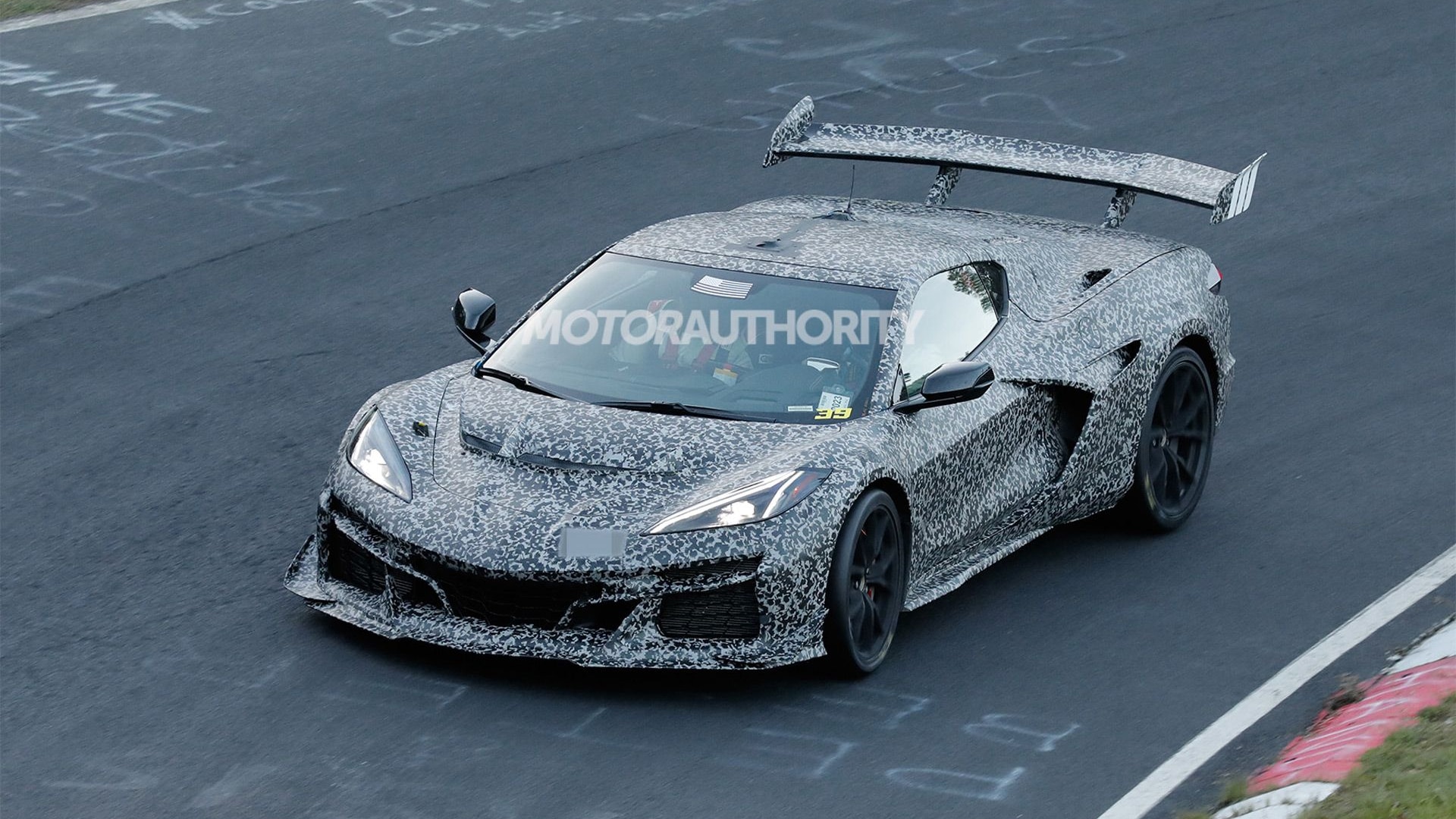
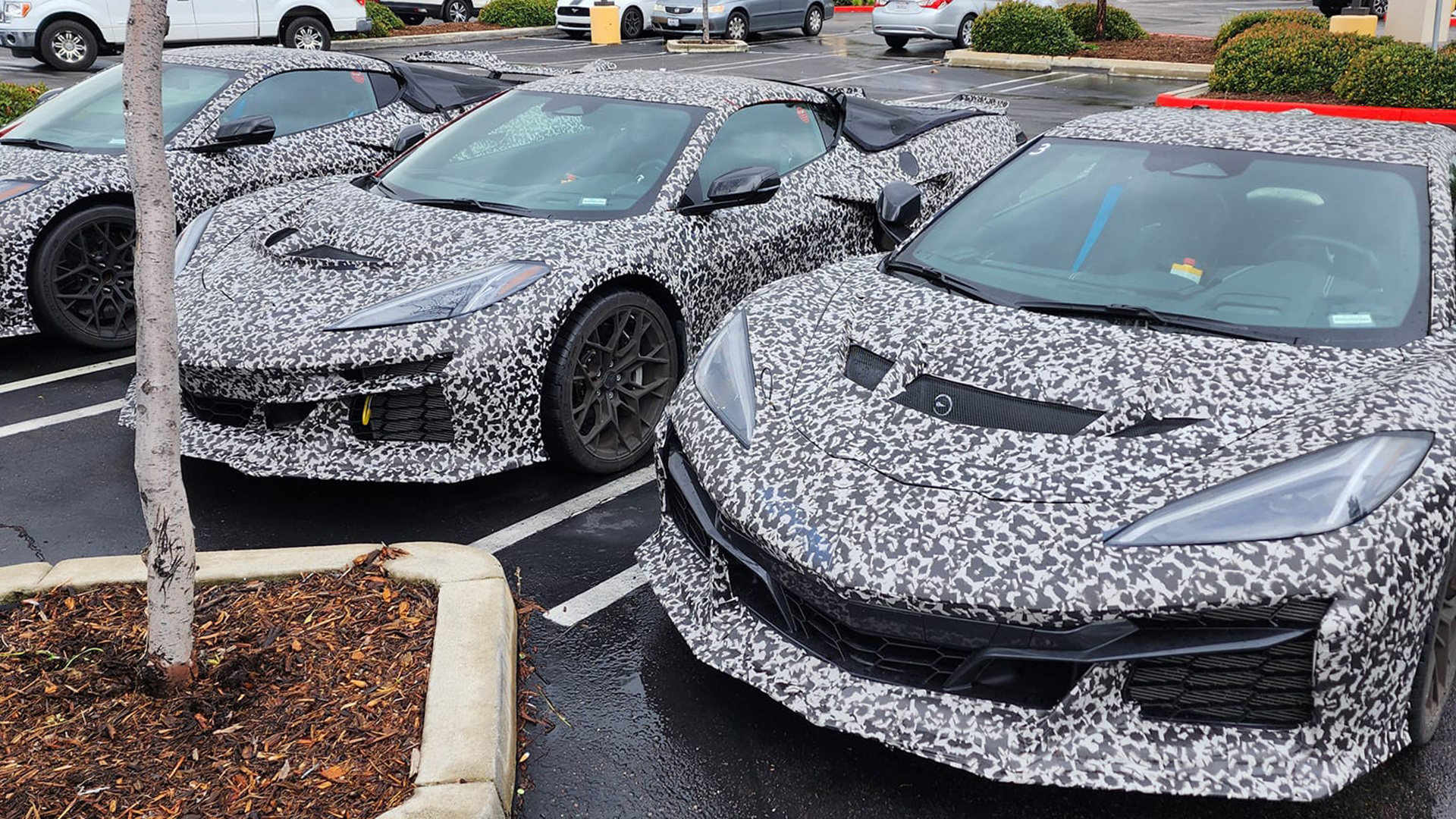
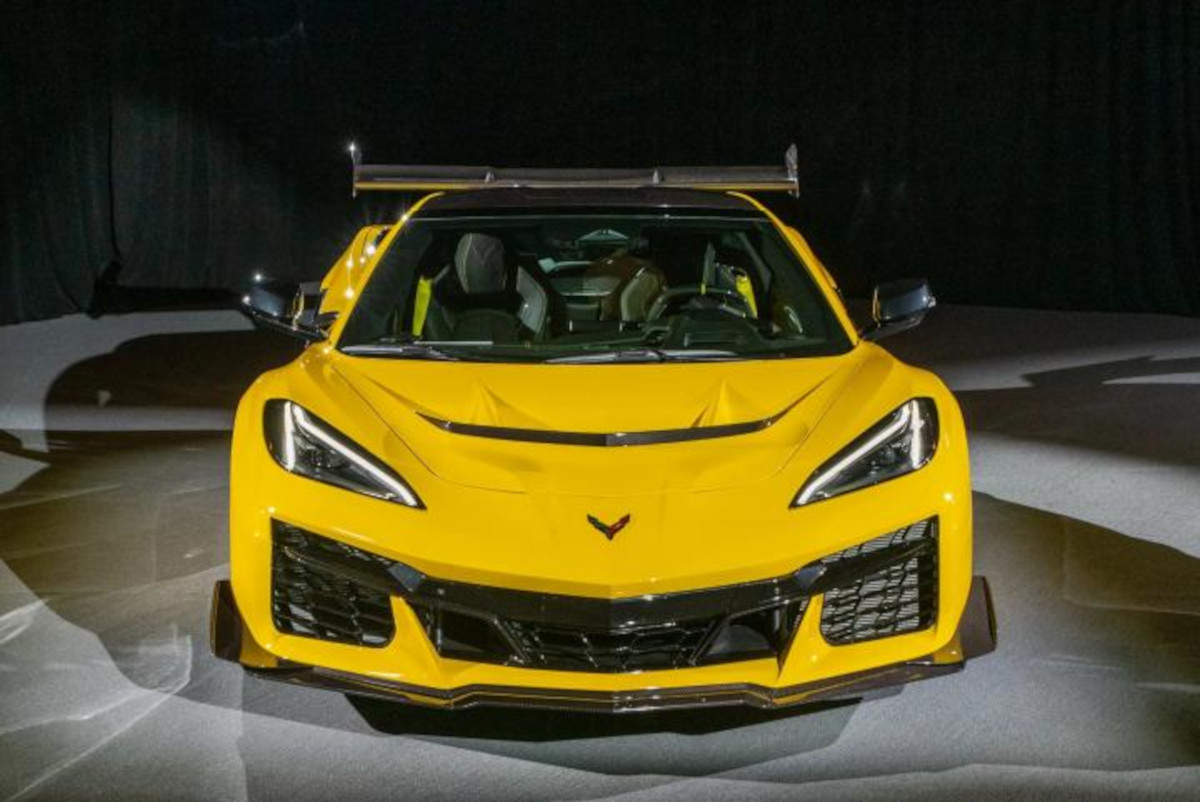
Closure
Thus, we hope this article has provided valuable insights into The 2025 Corvette ZR1: Turbocharged Power and the Art of Managing Lag. We thank you for taking the time to read this article. See you in our next article!